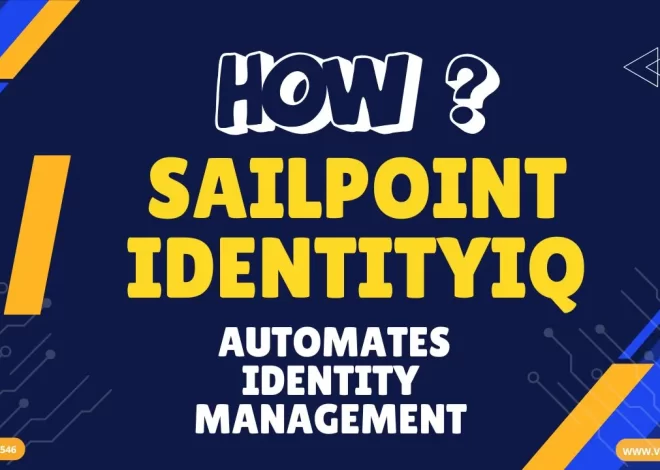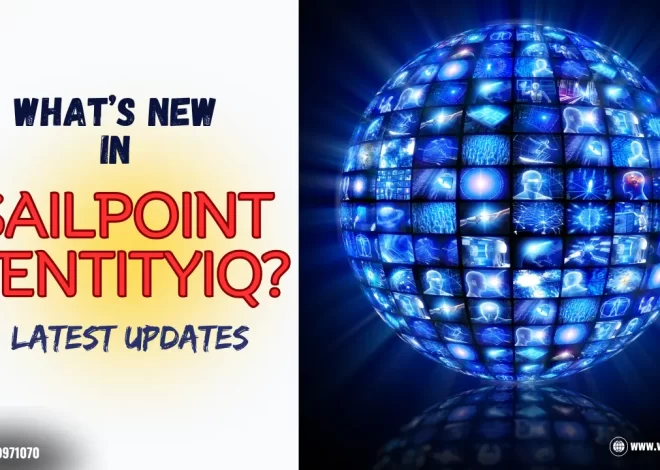Introduction:
SailPoint, a leader in identity management solutions, utilizes identity mapping to streamline and secure this process. This article delves into the concept of identity mapping in SailPoint, highlighting its significance, benefits, and implementation. Sailpoint Online Training
What is Identity Mapping?
Identity mapping refers to the process of correlating and synchronizing user identities across various systems, applications, and directories within an organization. It ensures that a single, consistent identity exists for each user, regardless of the number of systems they access. This unified identity representation is vital for effective access control, compliance, and auditability.
The Importance of Identity Mapping in SailPoint:
Consistency and Accuracy: Identity mapping ensures that user identities are consistent and accurate across all systems. This consistency is critical for maintaining the integrity of access control policies and preventing unauthorized access.
Enhanced Security: With identity mapping, organizations can enforce stringent security policies and monitor user activities more effectively. By having a unified view of user identities, security teams can quickly identify and mitigate potential security risks. Sailpoint Identity IQ Training
Compliance and Auditability: Regulatory compliance is a significant concern for many organizations. Identity mapping helps meet compliance requirements by providing a clear audit trail of user access and activities. This transparency simplifies the process of demonstrating compliance during audits.
Streamlined User Provisioning and Deprovisioning: Identity mapping automates the process of provisioning and deprovisioning user accounts. When a user joins or leaves the organization, their access rights are automatically updated across all systems, reducing the risk of orphaned accounts and ensuring that access is promptly revoked when necessary.
How SailPoint Implements Identity Mapping:
SailPoint’s identity mapping process involves several key steps:
Discovery and Correlation: SailPoint first discovers and collects identity data from various sources, such as Active Directory, HR systems, and cloud applications. It then correlates this data to create a unique identity for each user.
Normalization and Reconciliation: Once the identities are correlated, SailPoint normalizes the data to ensure consistency. This involves reconciling discrepancies and resolving conflicts between different identity sources.
Attribute Mapping: SailPoint maps user attributes from different sources to a centralized identity profile. This mapping includes attributes such as username, email, roles, and access rights. Sailpoint Identity IQ Course
Identity Lifecycle Management: With the identity mapping in place, SailPoint manages the entire lifecycle of user identities, from creation and modification to deactivation and deletion. This lifecycle management ensures that user identities remain accurate and up-to-date.
Continuous Monitoring and Auditing: SailPoint continuously monitors user identities and access activities. It provides real-time insights and alerts on any anomalies or policy violations, enabling proactive security measures.
Conclusion:
Identity mapping in SailPoint is a fundamental aspect of modern identity governance. By providing a unified and consistent view of user identities across all systems, it enhances security, ensures compliance, and streamlines identity management processes.
Visualpath is the Leading and Best Institute for learning Sailpoint Online Training in Ameerpet, Hyderabad. We provide Sailpoint Online Course, you will get the best course at an affordable cost.
Attend Free Demo
Call on – +91-9989971070
Visit : https://www.visualpath.in/sailpoint-Identity-IQ-online-training.html




